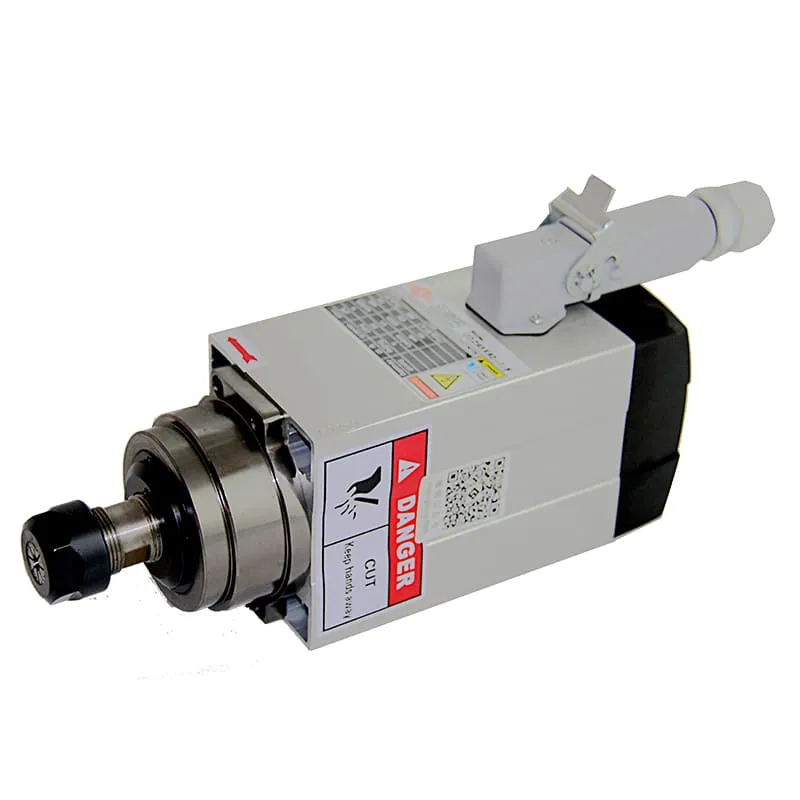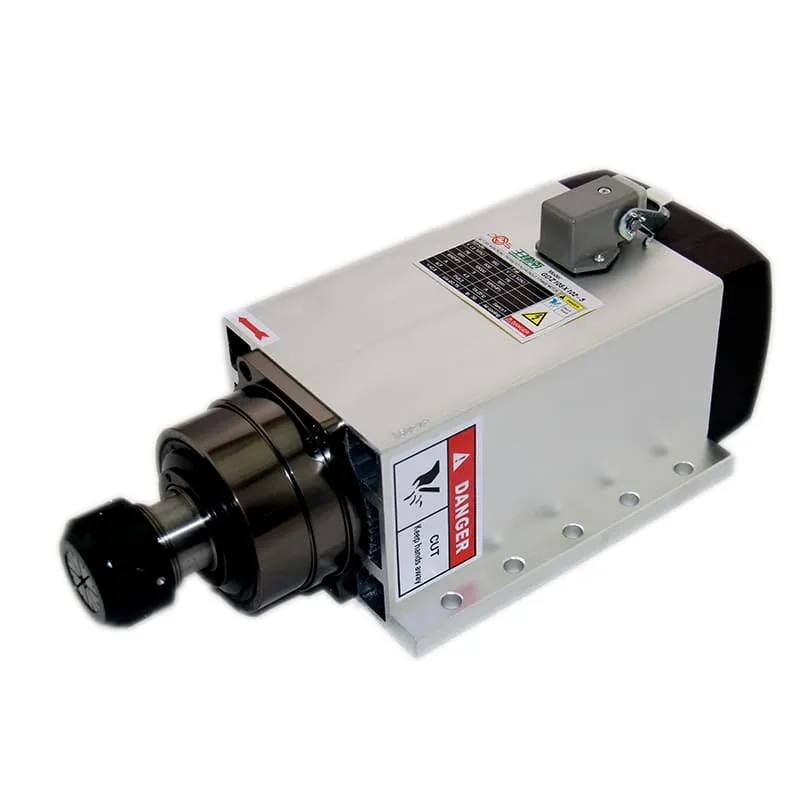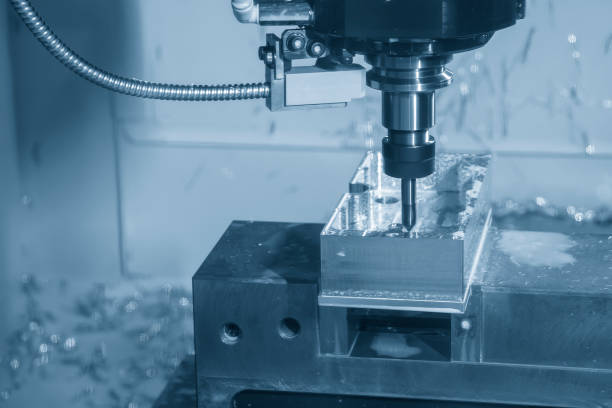What is a CNC Programmer?
A CNC programmer is a skilled professional who plays a crucial role in the modern manufacturing industry. They are responsible for creating the instructions that guide CNC machines (Computer Numerical Control) in performing specific operations such as cutting, drilling, and milling. These machines are fundamental in industries like automotive, aerospace, and consumer goods, where precision and efficiency are paramount. But what exactly does a CNC programmer do, and why is their work so essential? In this comprehensive guide, we will delve into everything you need to know about CNC programming, its importance in manufacturing, and how it shapes the products we use every day.
The Role of a CNC Programmer
A CNC programmer is responsible for generating the code that directs CNC machines to manufacture parts and products. This involves using CAM (Computer-Aided Manufacturing) software to create precise G-code and M-code instructions, which tell the machine where to move, how fast to cut, and which tools to use. The ultimate goal is to produce high-quality parts that meet the required specifications, while also minimizing waste and optimizing the machining process.
Key Responsibilities of a CNC Programmer
- Create CNC Programs: CNC programmers use CAD and CAM software to design and generate the necessary instructions for CNC machines.
- Tool Selection: They choose the appropriate cutting tools and machine settings, considering the material and complexity of the part.
- Optimization: A significant part of their role is to optimize the process to reduce production time and tool wear.
- Troubleshooting: When a CNC machine does not produce the desired output, CNC programmers must troubleshoot and modify the program to correct any issues.
For a highly efficient CNC setup, consider our 2.2KW ER16 Air-Cooled Spindle, which offers precision and stability for professional CNC tasks.

The ER16 Air-Cooled Spindle is ideal for professional-grade CNC programming tasks.
The CNC Programming Process
The CNC programming process involves several steps, each critical to the creation of a precise, high-quality part. Let’s explore each step in detail.
1. Designing the Part Using CAD Software
The first step in CNC programming is designing the part that needs to be manufactured. CAD (Computer-Aided Design) software, such as AutoCAD or SolidWorks, is used to create a detailed digital model of the part. This model serves as the blueprint for the entire CNC process.
- Precision in Design: CAD software allows designers to create parts with exact measurements and tolerances.
- Visualization: 3D modeling tools help programmers visualize the part before moving on to the next stage, ensuring all specifications are met.
2. Generating the Tool Path with CAM Software
Once the design is complete, the next step is to use CAM (Computer-Aided Manufacturing) software to generate the tool paths that the CNC machine will follow. This software takes the 3D model from the CAD program and converts it into G-code, which the CNC machine uses to create the part.
- G-code Generation: G-code is the programming language used to control the movements of CNC machines, dictating where the machine should move, at what speed, and how deep the cuts should be.
- Simulation: CAM software often includes a simulation feature that allows programmers to preview the machining process, identify potential problems, and make necessary adjustments before production begins.
For increased cutting precision and efficiency, check out our 3.5KW ER25 Air-Cooled Spindle.

The ER25 spindle is perfect for efficient CNC processes, supporting complex programming tasks.
Tools and Software Used by CNC Programmers
CNC programming relies heavily on a variety of tools and software solutions to create precise machine instructions. Understanding these tools is key to grasping the work of a CNC programmer.
1. CAD/CAM Software
- CAD Software: Programs like Fusion 360 and SolidWorks are used to create digital blueprints of the parts.
- CAM Software: Software like Mastercam and Edgecam is used to convert these blueprints into actionable machine code.
2. G-code and M-code
CNC machines use G-code and M-code to execute their operations. While G-code mainly controls the movement of the machine, M-code manages auxiliary functions such as turning the spindle on or off.
- G-code Example: G01 X10 Y10 Z-5 F100 (This command moves the tool to the specified coordinates at a specific feed rate).
- M-code Example: M03 S1200 (This command starts the spindle at 1200 RPM).
3. Spindles and Cutting Tools
The cutting tools and spindles used in a CNC machine play a significant role in determining the quality and efficiency of the final part. CNC programmers must choose the correct spindle speed, feed rate, and cutting depth to achieve the desired outcome.
Explore our 4.5KW ER32 Air-Cooled Spindle for a powerful and versatile solution ideal for a wide range of CNC applications.

The ER32 Air-Cooled Spindle offers high power for advanced CNC machining processes.
Types of CNC Machines a CNC Programmer Works With
CNC programmers can work with various types of CNC machines, each serving different manufacturing needs. Understanding these machines is vital for anyone aspiring to be a CNC programmer.
1. CNC Mills
CNC milling machines are used to remove material from a workpiece by rotating a cutting tool. They are widely used for creating parts with complex geometries and detailed features.
- Applications: Milling is used in industries like aerospace and automotive, where precision is critical.
- Tooling: CNC mills use a range of tools, such as end mills, drills, and reamers, which are carefully selected by the programmer to achieve the desired result.
2. CNC Lathes
CNC lathes are used for turning operations, where the workpiece rotates while a stationary cutting tool removes material. This type of CNC machine is ideal for creating symmetrical parts, such as shafts and cylinders.
- Operations: CNC lathes can perform a variety of operations, including facing, threading, and grooving.
If you’re working with a CNC lathe, consider our 1.5KW ER11 Square Air-Cooled Spindle, designed for precise turning applications.

The ER11 Square Spindle is perfect for high-precision lathe operations.
3. CNC Routers
CNC routers are commonly used for cutting softer materials like wood, plastic, and foam. CNC programmers working with routers often design intricate patterns and shapes that are used in furniture and decorative items.
- Benefits: CNC routers are great for projects that require detailed cutting and engraving, providing flexibility in design.
- Programming Considerations: CNC router programming involves choosing the right spindle speed and ensuring the cutting tool is suitable for the material.
The Importance of Precision in CNC Programming
Precision is at the core of CNC programming. A minor error in the code can lead to significant deviations in the final product, making precision a top priority for CNC programmers.
How Precision Impacts Manufacturing
- Material Waste: Inaccurate programming can lead to wasted materials, which not only increases costs but also extends production times.
- Quality Assurance: Precision ensures that every part meets the required specifications, reducing the need for rework and improving the overall quality of the products.
Techniques to Achieve Precision
- Simulation and Testing: Using CAM software to simulate the machining process before actual production helps identify and fix errors.
- Calibration: Ensuring that CNC machines are properly calibrated is crucial for maintaining precision during the manufacturing process.
For precision-driven tasks, our 2.2KW ER20 Air-Cooled Spindle can significantly enhance your CNC machine’s accuracy and reliability.

The ER20 Spindle provides exceptional stability, perfect for maintaining high precision.
The Future of CNC Programming
As technology advances, the role of CNC programmers continues to evolve. Automation, smart technologies, and new software solutions are reshaping how CNC programming is done.
1. Integration of Artificial Intelligence
AI and machine learning are starting to play roles in CNC programming, with software becoming capable of optimizing tool paths automatically, predicting tool wear, and suggesting improvements in real-time.
2. Increased Use of CAD/CAM Integration
Modern CAD/CAM systems are increasingly integrated, providing a seamless transition from designing parts to generating tool paths. This integration reduces errors and saves time, making the entire process more efficient.
3. Cloud-Based CNC Programming
With the advent of cloud technology, CNC programming software is becoming more accessible and collaborative. Programmers can now access their tools from anywhere, making it easier to work on complex projects and share information with teams across the world.
To stay ahead of future trends in CNC machining, equip your machine with our 5.5KW ER32 4-Pole Air-Cooled Spindle, designed for heavy-duty machining and high efficiency.

The ER32 spindle is built for durability, making it suitable for the future of CNC programming.
FAQs on CNC Programming
1. What does a CNC programmer do?
A CNC programmer is responsible for creating the programs that control CNC machines, determining the cutting paths, and selecting the right tools to manufacture parts with precision.
2. What software is used for CNC programming?
Commonly used software includes CAD programs like AutoCAD and CAM software like Mastercam for generating G-code instructions.
3. How difficult is it to learn CNC programming?
Learning CNC programming requires a basic understanding of machining, mathematics, and computer software. With practice and proper training, it can be mastered, especially with user-friendly tools available today.
4. What is G-code, and why is it important?
G-code is the language used to control CNC machines, containing the instructions for movement, speed, and tool engagement. It is crucial because it translates the digital model into physical action.
5. Can CNC programming be automated?
Yes, with advances in AI and CAM software, many aspects of CNC programming can now be automated, reducing manual coding and improving efficiency.
Conclusion
CNC programmers play an essential role in the manufacturing world, bridging the gap between digital designs and physical parts. Through the use of sophisticated software tools like CAD and CAM, along with a deep understanding of CNC machines, these professionals ensure that each part is crafted with precision and efficiency. Whether working with a CNC mill, lathe, or router, the role requires a mix of creativity, technical knowledge, and problem-solving skills.
If you’re looking to optimize your CNC machining process, investing in the right tools is crucial. Visit Spindle Motor Shop to find the perfect spindle and accessories for your CNC setup, ensuring you get the best performance from your CNC machine and your programming efforts.

